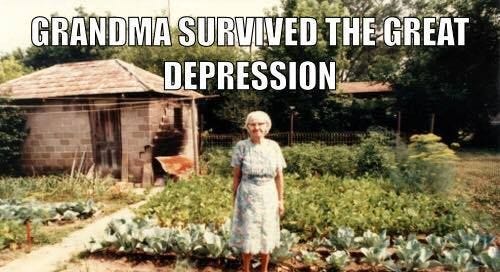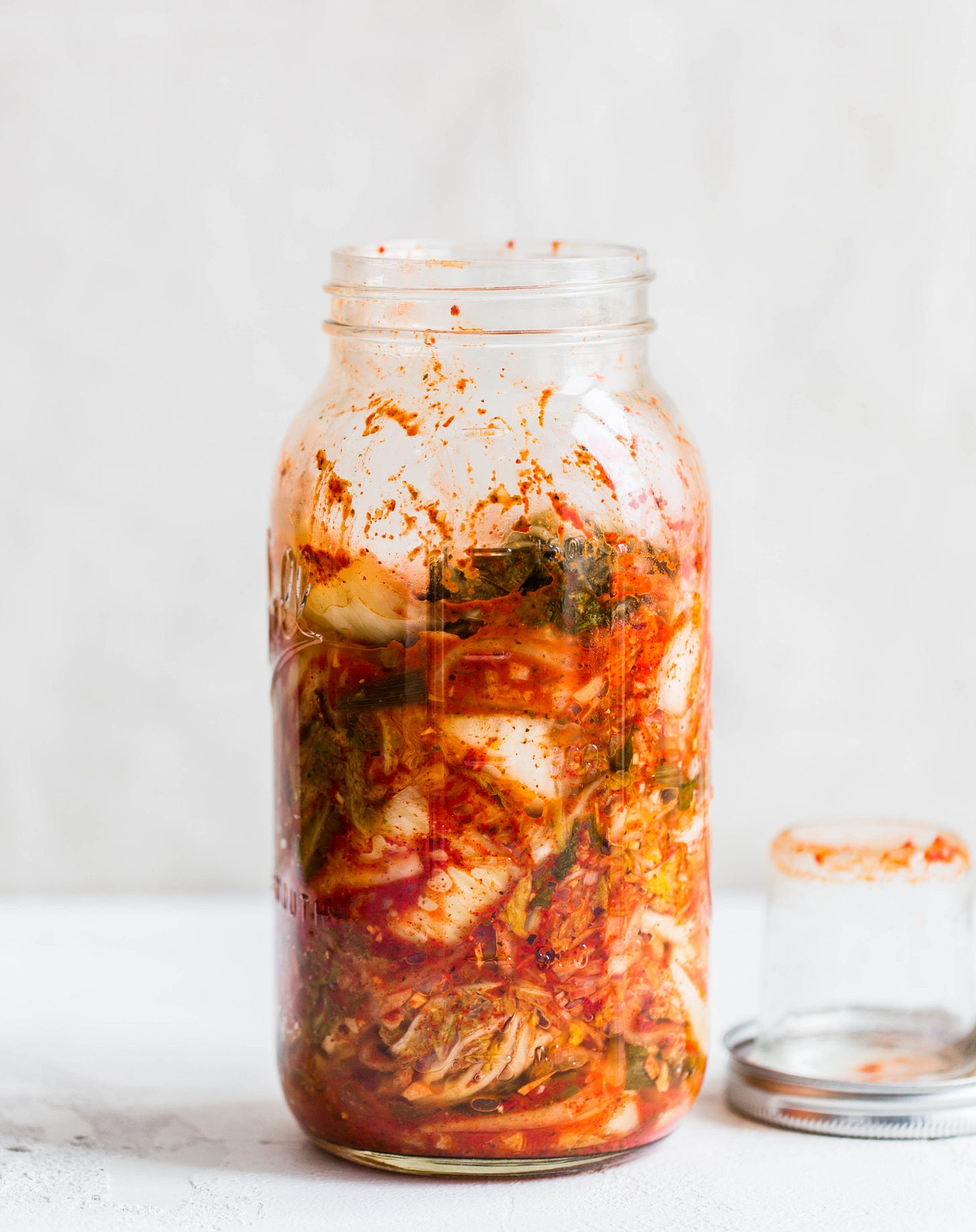Prevent food waste with this food preservation technique
Extend the shelf life of food through fermentation
This is stating the obvious but preserving food reduces food waste. Also becoming more obvious (thanks to more coverage) is the major—yet solvable—problem of food waste. Worldwide, a third of the food we produce goes uneaten, from farm to store to table, generating 8 to 10 percent of global greenhouse gas emissions. Fermentation, one method of food preservation, can play a role in reducing food waste in our homes.
A (very) brief history of food preservation
For thousands of years, people have preserved food—and enhanced its flavor—through the process of fermentation. Shred, salt and submerge some humble cabbage in liquid and after a few days, you have tangy, mouthwatering, gut-friendly sauerkraut that can keep for many months—at least. Through this and other preservation methods, such as salting, smoking and drying—people would put up food to get them through winters and lean harvests.
In the 19th and 20th centuries, the Western diet radically changed. As we moved away from farms to cities, we also moved away from fresh produce. Without access to fresh food, what would we eat? As Harold McGee writes in his classic On Food and Cooking, technology came to the rescue, with the developments of rail transportation, canning in the mid-1800s and refrigeration several decades after that.
These developments helped make industrialized food possible.
The Western (now global) diet of pre-packaged, highly processed convenience foods—and refrigerators in which to store these foods—have made skills such as fermentation unnecessary, even quaint. We no longer need to put up food when it is plentiful because food is always plentiful (or at least, so it appears).
A post-Covid first party idea?
Let’s say I grow a bumper crop of cabbages this summer. Rather than sneaking them onto neighbor’s porches, I could invite those same neighbors over for a sauerkraut making party—perhaps outdoors because Covid rules haven’t been completely lifted yet. After our soirée, my neighbors could then each take home a jar or two of sauerkraut that will keep on the counter for a months, depending on the summer heat (and how much they eat from the jars). Using zero energy and no fancy equipment, my neighbors and I have extended the shelf life of those cabbages (actually the microbes extended it…).
If you have an excess of whole vegetables such as carrots or cauliflower, cut them into smaller pieces (carrot sticks and cauliflower florets) and ferment them in a brine. If you have extra milk on your hands, make yogurt. (You can also buy alcohol for the cause! Toast Ale in the UK and Loop in Canada produce alcohol by fermenting food that would otherwise go uneaten.)
So this summer, if you grow lots of food or buy extra produce at the farmers’ market, consider fermenting some of it. On my blog, you’ll find many recipes for fermented foods, including:
I included more recipes for fermented foods (and updated favorites) in my cookbook, The Zero-Waste Chef: Plant-Forward Recipes and Tips for a Sustainable Kitchen and Planet. Want to learn more about fermentation and make delicious kimchi? I’ll teach a cook-along Kimchi class over Zoom on June 24th, 4pm PT/7pm ET. You can register for that here and attendees can bring a friend free.





